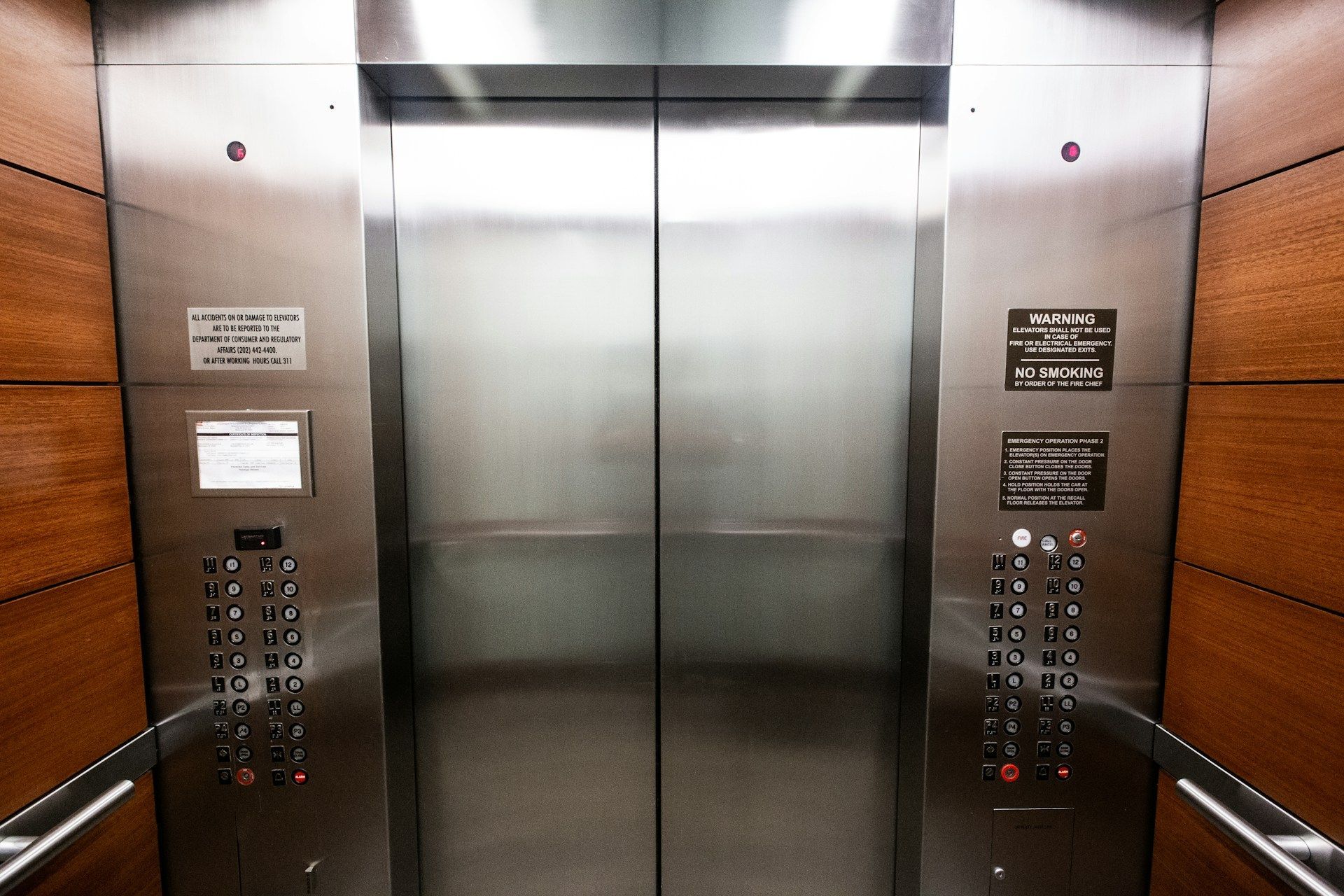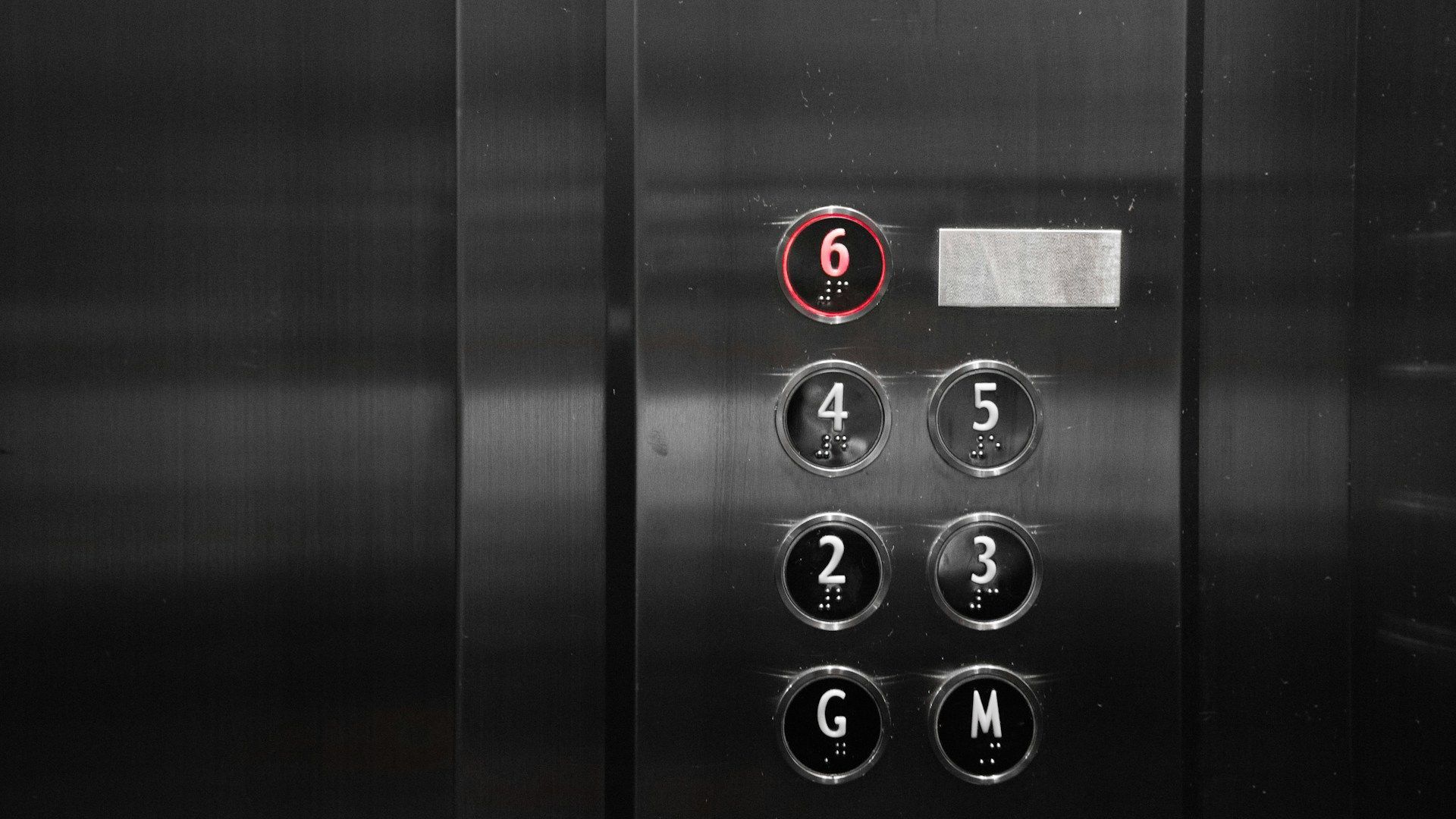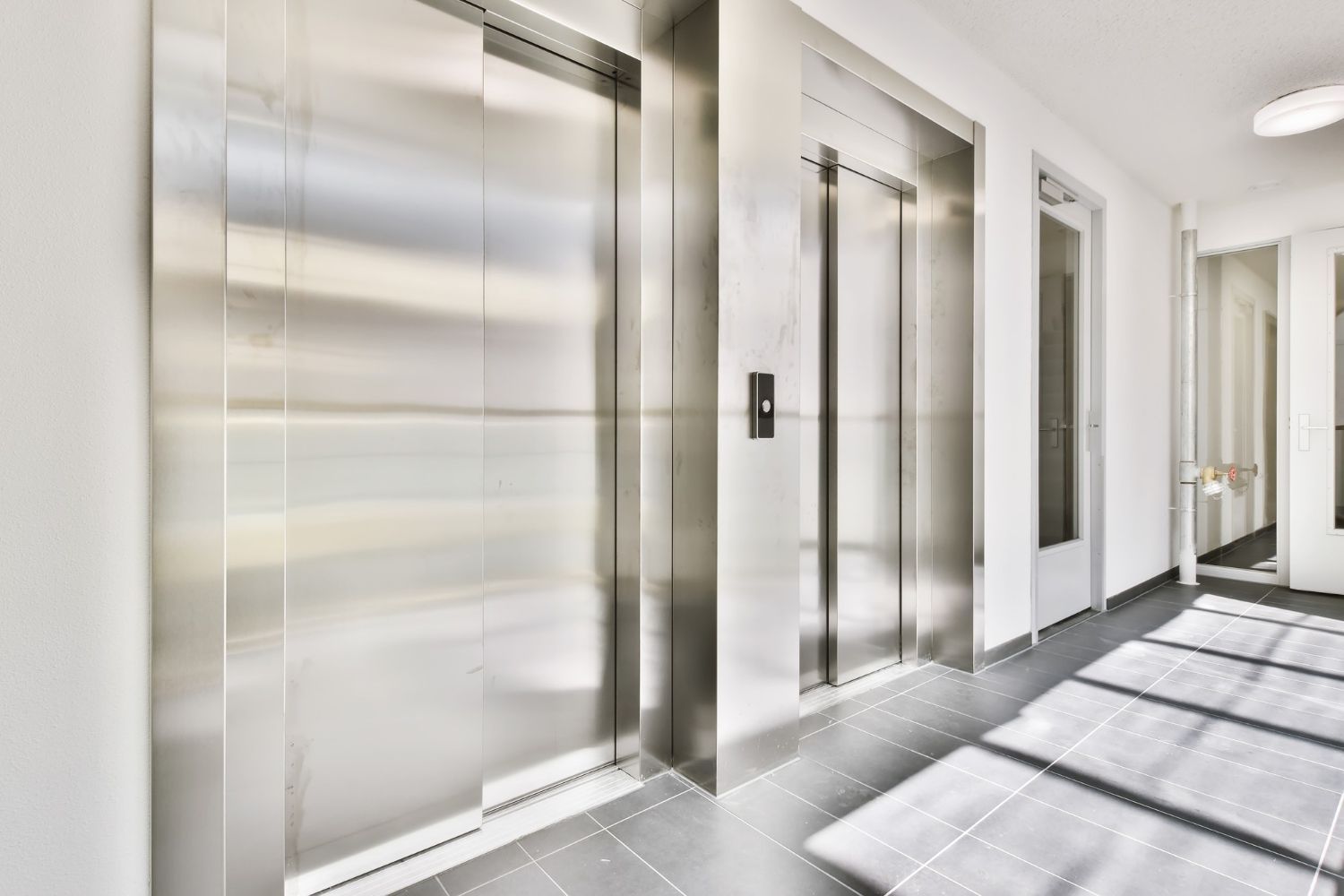What to Expect During Your Elevator Maintenance Visit
Elevators, like any mechanical system, need regular maintenance to ensure they operate safely and effectively. Scheduling routine maintenance helps catch small issues before they become big problems, saving money and keeping everyone safe. Knowing what to expect during an elevator maintenance visit can make the process smoother and less stressful.
When the technician arrives, they will first perform an initial inspection and assessment. This step is crucial for identifying any immediate issues that might need urgent attention. It's a thorough look-over to catch anything out of the ordinary right from the start. Catching these issues early can prevent accidents and extend the life of your elevator.
Next, the technician will move on to detailed system diagnostics. Using specialized tools and equipment, they will test key components of the elevator. This includes checking the condition of the motor, control systems, and safety features. Proper diagnostics can reveal hidden problems that aren't visible during the initial inspection, allowing for timely repairs.
Routine maintenance tasks are the core activities during the visit. This involves lubricating moving parts, replacing any worn-out components, and cleaning critical areas of the elevator. These routine tasks help keep the elevator running smoothly and reduce the risk of unexpected breakdowns.
Finally, the technician will provide a final report and recommendations. This summary will include the findings from their inspection and diagnostics, any repairs made, and suggestions for future upkeep. They may also help schedule the next maintenance visit to ensure the elevator continues running without a hitch.
Understanding these steps can make your elevator maintenance visit less daunting. Regular maintenance is key to a safe and efficient elevator system.
Initial Inspection and Assessment
When the technician arrives for your elevator maintenance visit, they will start with an initial inspection and assessment. This step is important because it sets the stage for the rest of the maintenance process. The technician will conduct a preliminary visual inspection, checking the elevator’s exterior and interior for any obvious signs of wear and tear.
During this visual inspection, the technician looks for immediate issues that could affect the elevator’s performance or safety. They will check the doors, buttons, and floor indicators to ensure everything works correctly. If something appears out of place or damaged, it is noted for further investigation.
Next, the technician will check for immediate issues, such as unusual noises or vibrations that could indicate underlying problems. Identifying these issues early allows for quick fixes and prevents more significant problems down the road. By the end of the initial assessment, the technician will have a good understanding of the elevator's current condition and any urgent concerns that need attention.
Detailed System Diagnostics
With the initial inspection complete, the technician will move on to detailed system diagnostics. This stage involves using various tools and equipment to test and evaluate key components of the elevator system. Specialized tools help assess the condition of parts that aren't easily visible during the visual inspection.
The technician will test key components like the motor, cables, and control systems. This testing ensures each part functions correctly and efficiently. They will examine the motor for signs of wear, check the tension in the cables, and inspect the control panel for issues such as faulty wiring or outdated software.
Assessing the software and control systems is also a vital part of the diagnostics. Modern elevators rely on advanced control systems to operate smoothly and safely. The technician will check for software updates that might improve performance or address known issues. By thoroughly testing the control systems, the technician can ensure the elevator runs reliably and efficiently.
Overall, the detailed system diagnostics provide a comprehensive understanding of the elevator's mechanical and electronic health. This step is crucial for identifying potential problems before they become serious, ensuring the elevator remains safe and operational.
Routine Maintenance Tasks
Routine maintenance tasks are essential for keeping your elevator running smoothly and safely. The technician will start by lubricating the moving parts. Lubricating helps reduce friction and wear on components like gears, pulleys, and bearings. This simple step can significantly extend the life of these parts and ensure that the elevator operates quietly.
Next, the technician will replace any worn-out components. Over time, parts such as cables, belts, and brakes can wear down and need replacement. The technician will inspect these parts closely and replace them as needed. This proactive approach helps prevent unexpected failures and ensures the elevator remains reliable.
Cleaning and checking safety features are also crucial tasks during the maintenance visit. The technician will clean areas like the elevator shaft, door tracks, and control panels to remove dirt and debris that could cause issues. Additionally, they will check safety mechanisms, such as emergency brakes, door sensors, and alarms, to make sure they function properly. Ensuring these safety features are in top condition is vital for protecting everyone who uses the elevator.
Final Report and Recommendations
After completing the maintenance tasks, the technician will provide a final report and recommendations. This report summarizes the findings from the initial inspection, system diagnostics, and routine maintenance. It gives you a clear understanding of your elevator's current condition and any actions taken during the visit.
The technician will then discuss any necessary repairs or upgrades. They will explain what issues were found, why they need to be addressed, and how they can be fixed. This discussion helps you understand the importance of the recommended repairs or upgrades and enables you to make informed decisions about your elevator's care.
Finally, the technician will help you schedule the next maintenance visit. Regular check-ups are crucial for maintaining the elevator’s efficiency and safety. By setting up the next visit, you can ensure that your elevator continues to receive the attention it needs to function correctly. Keeping a consistent maintenance schedule helps prevent future problems and prolongs the life of your elevator system.
Final Thoughts
Regular maintenance visits are vital for keeping your elevator system safe and reliable. From the initial inspection and detailed diagnostics to routine tasks and final reports, each step ensures that all parts of your elevator are in good working order. Knowing what to expect during these visits can help you stay proactive about your elevator’s maintenance needs and avoid costly repairs down the line.
Elevator Solutions Inc. is dedicated to providing top-notch
elevator maintenance services. Our experienced technicians are committed to ensuring your elevator's safety and efficiency. Don't wait until a minor issue becomes a major problem. Schedule your next maintenance visit today and keep your elevator running smoothly. Contact Elevator Solutions Inc. for all your elevator maintenance needs.



